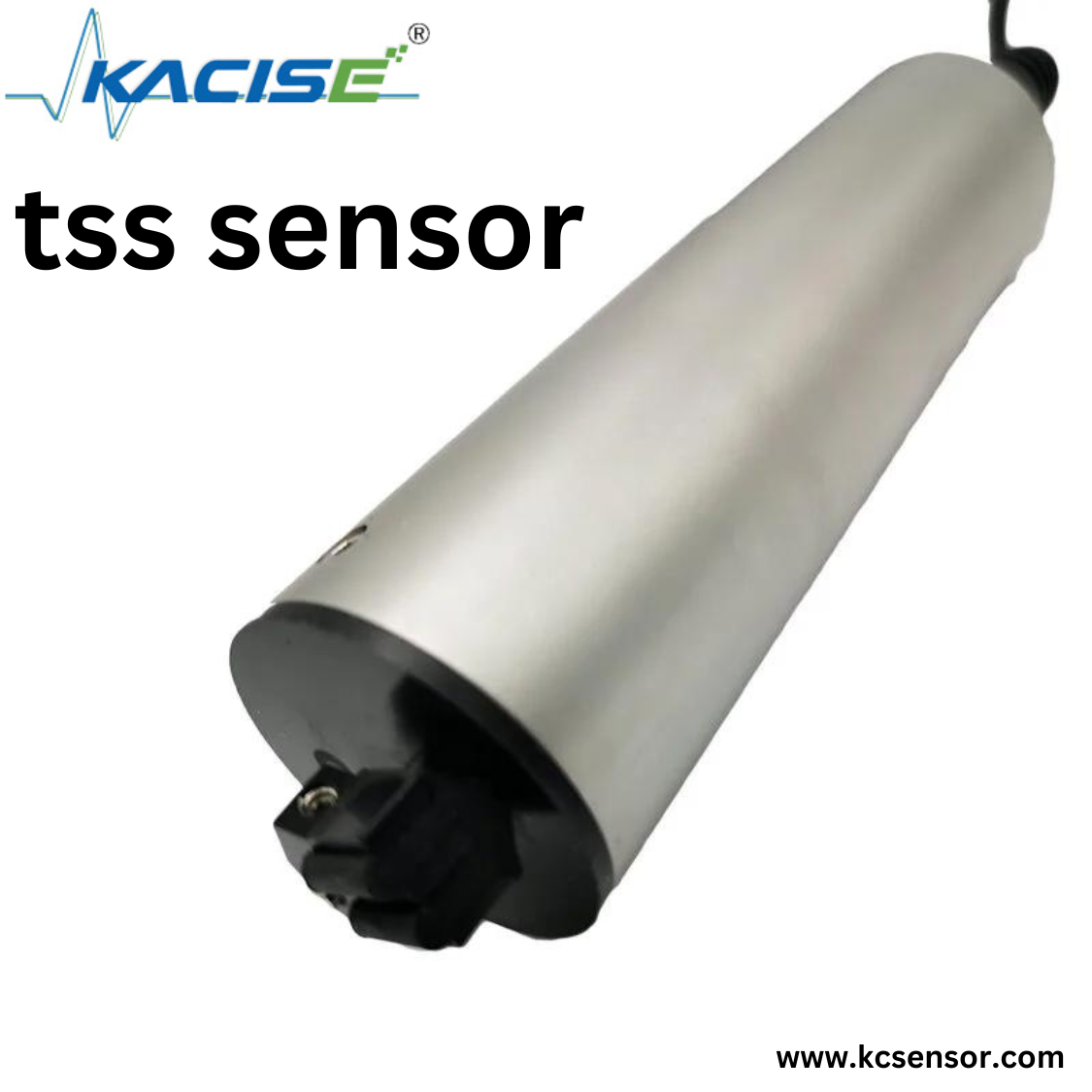
In recent years, the demand for precise water quality monitoring has escalated due to the rising concerns over environmental pollution and the need for sustainable water management. Among the various tools used to assess water quality, Total Suspended Solids (TSS) sensors have emerged as a crucial instrument. These sensors offer real-time, accurate data on the concentration of suspended particles in water, providing invaluable insights into the health of water bodies. In this blog post, we’ll explore what TSS sensors are, how they work, and their significance in water quality monitoring.
What are TSS Sensors?
TSS sensors are devices designed to measure the concentration of suspended solids in water. Suspended solids can be defined as particles that remain dispersed in water and do not settle easily. These solids may include a variety of materials such as dirt, algae, microorganisms, and organic or inorganic particles. The TSS sensor typically measures the turbidity (cloudiness) of water, which is directly related to the amount of suspended matter. The sensor then converts this data into TSS concentration, usually expressed in milligrams per liter (mg/L).
How Do TSS Sensors Work?
TSS sensors operate on the principle of light scattering. When light is transmitted through a water sample, it interacts with suspended particles. These particles scatter the light in various directions. The amount of light scattered depends on the concentration and type of suspended solids in the water. The sensor detects the scattered light and correlates it with the TSS level in the sample. Some sensors also use a process called nephelometry, where the scattered light is measured at a specific angle to obtain a more accurate result.
TSS sensors are often equipped with features such as automatic calibration, data logging, and remote monitoring capabilities. These advanced features allow continuous, real-time monitoring of water quality without the need for frequent manual sampling or laboratory analysis.
Importance of TSS Sensors in Water Quality Monitoring
-
Environmental Protection: High TSS concentrations can indicate pollution, runoff, or other environmental concerns that could harm aquatic ecosystems. By continuously monitoring TSS levels, environmental agencies can detect pollution early and take necessary actions to mitigate its impact.
-
Drinking Water Treatment: Suspended solids can impact the quality of drinking water and the efficiency of water treatment processes. TSS sensors enable water treatment plants to maintain optimal performance by ensuring that suspended particles are effectively removed during the filtration process.
-
Wastewater Management: In wastewater treatment, controlling the concentration of suspended solids is crucial for ensuring that effluent meets regulatory standards. TSS sensors provide real-time data, helping operators make timely adjustments to the treatment process.
-
Agricultural Runoff Monitoring: Agricultural runoff often carries a large quantity of suspended solids, which can affect nearby water bodies. TSS sensors installed in rivers or streams can help monitor the impact of agricultural practices on water quality.
-
Aquaculture Monitoring: In aquaculture, maintaining a clean and healthy water environment is essential for the well-being of aquatic species. TSS sensors assist in ensuring that the water remains clear of harmful levels of suspended solids, promoting the health of fish and other marine life.
Conclusion
TSS sensors are an essential tool in modern water quality management. With their ability to provide accurate, real-time data on suspended solids, they play a critical role in protecting the environment, ensuring safe drinking water, and optimizing wastewater treatment processes. As technology continues to advance, we can expect TSS sensors to become even more efficient, providing more accurate data with minimal human intervention. Their role in ensuring water sustainability will only grow, helping us create a cleaner, healthier world for future generations.






Leave a Reply